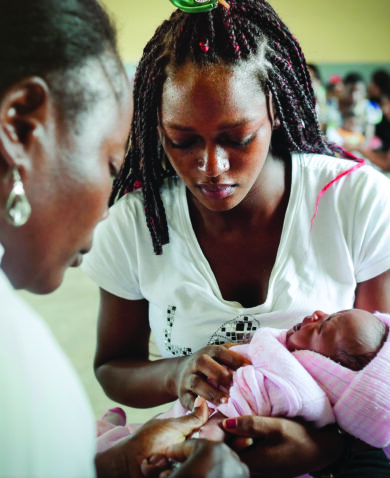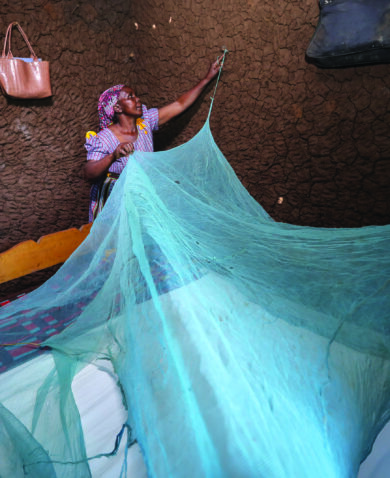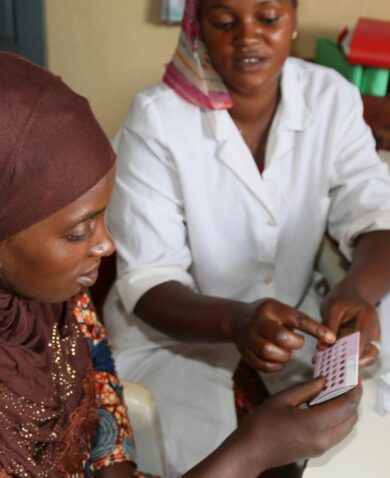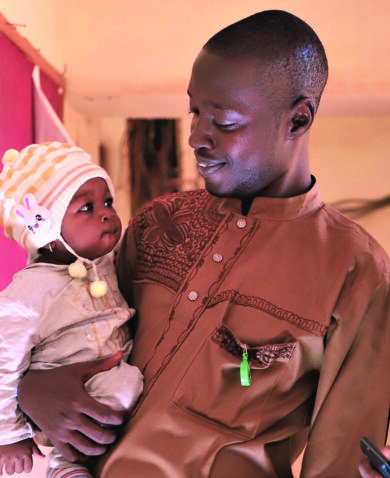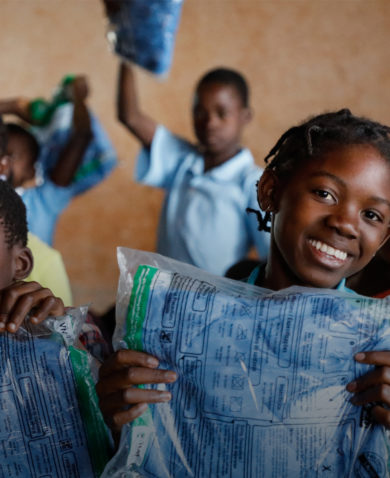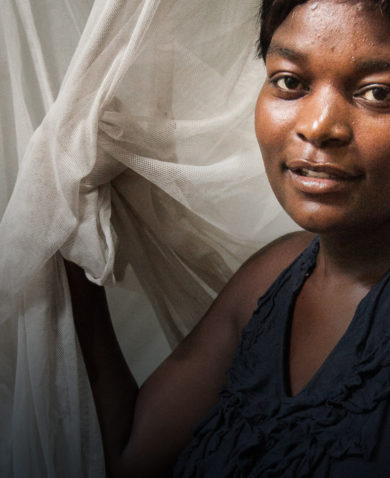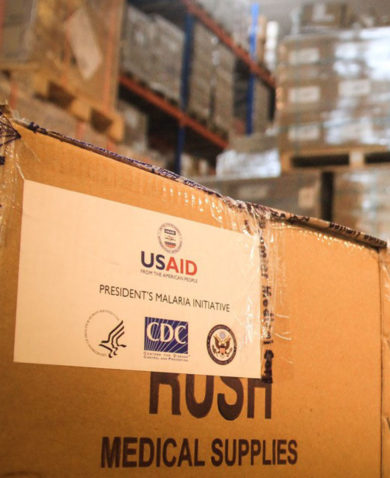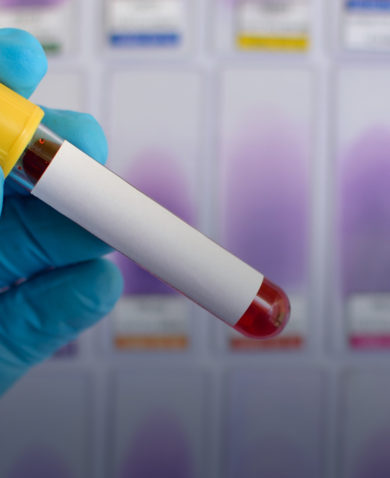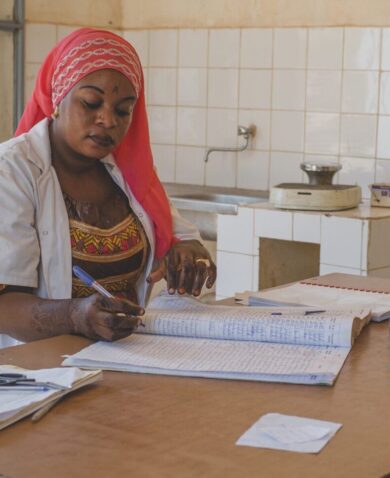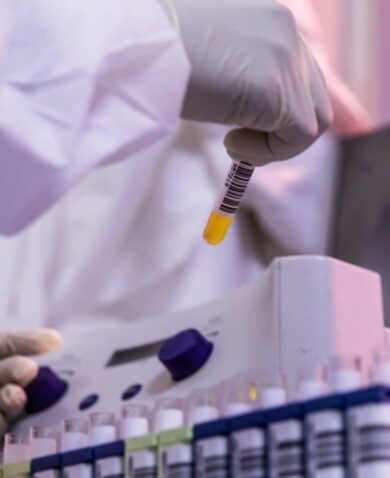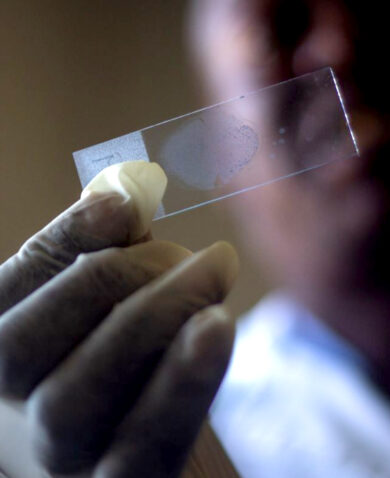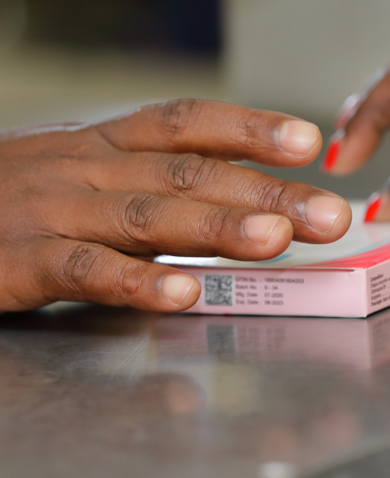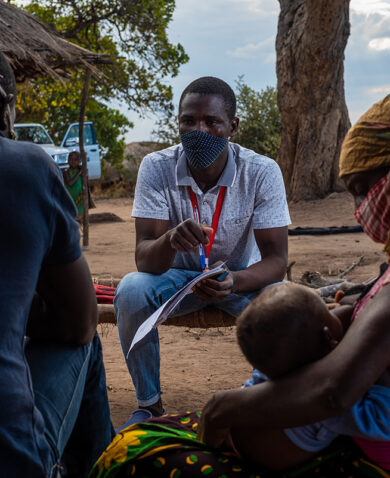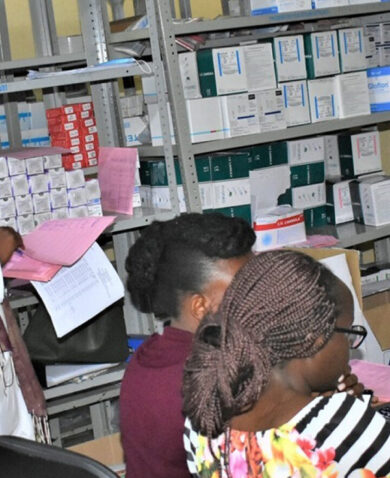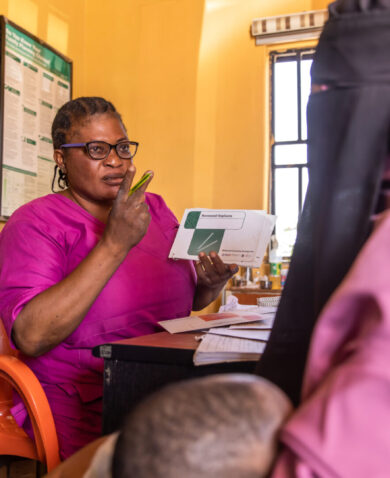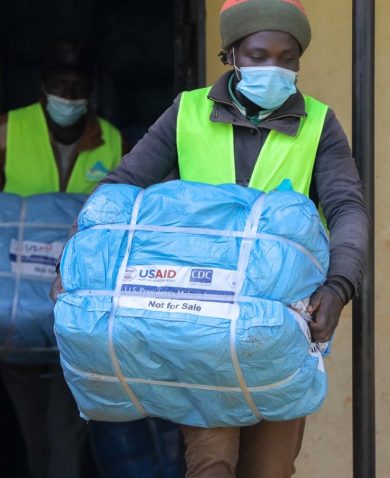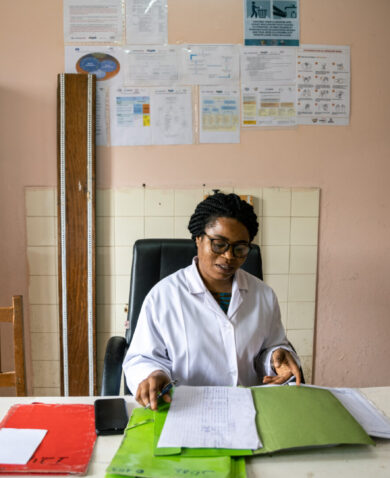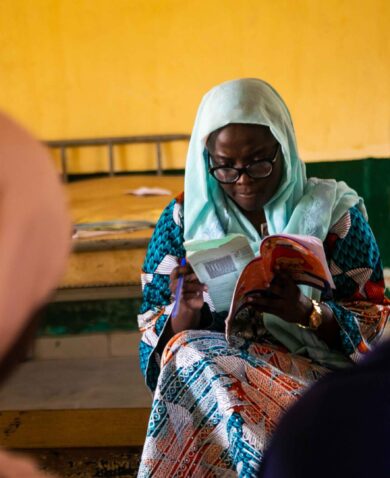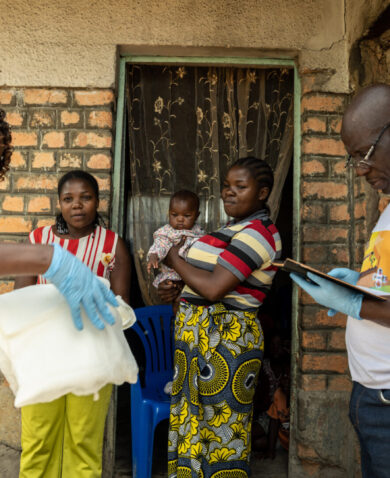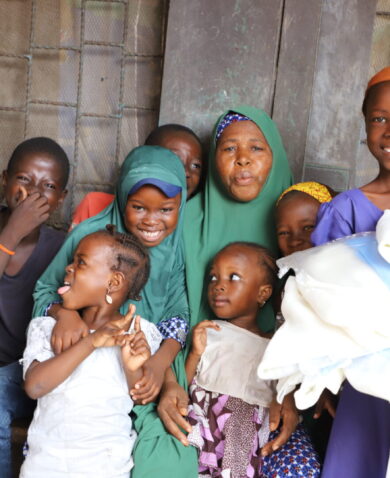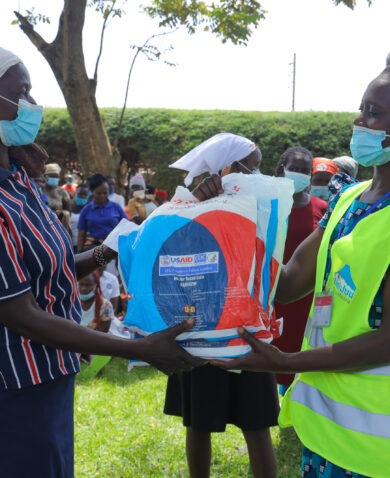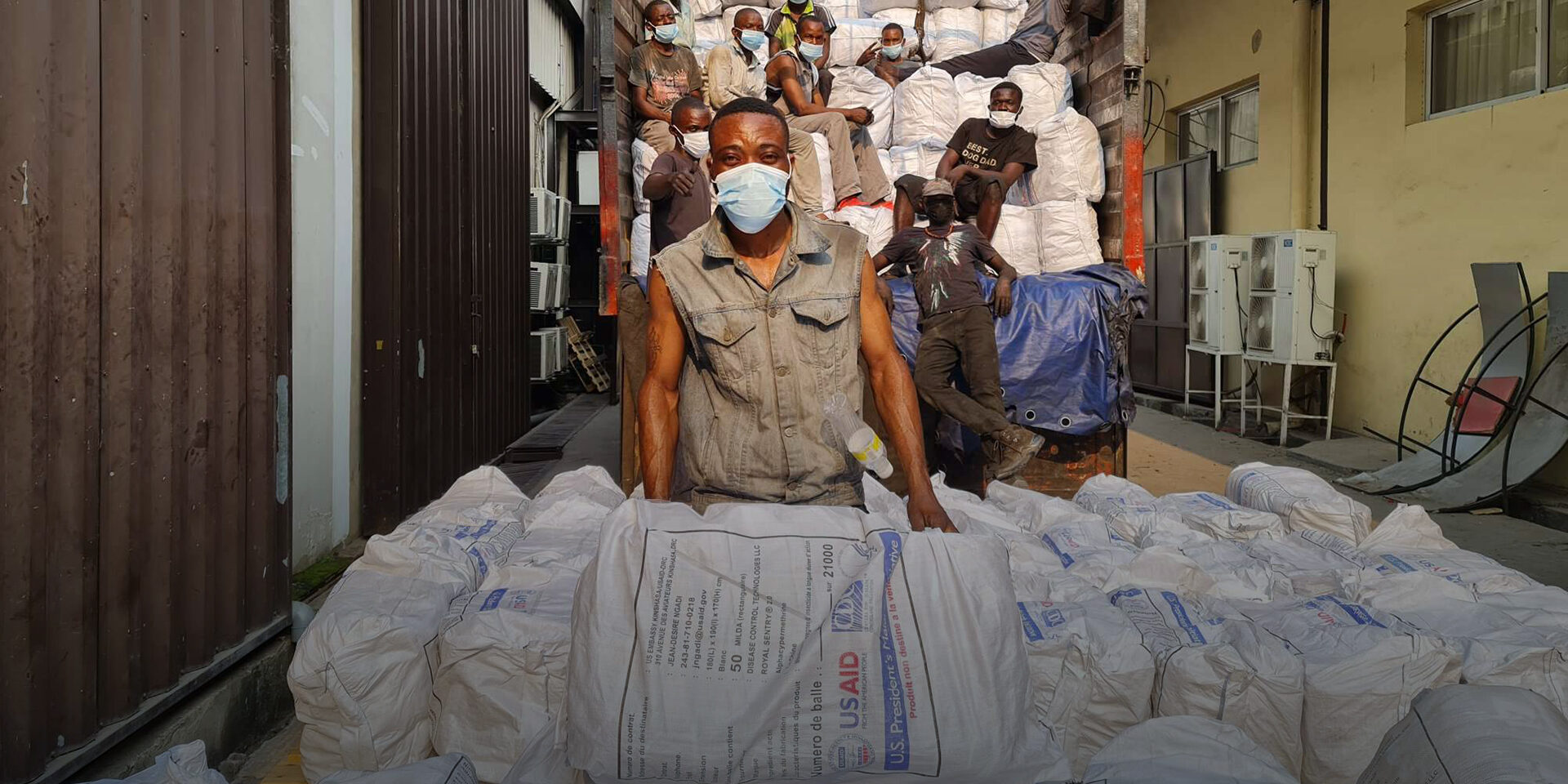
Advancing Bed Net Coverage for Malaria Vector Control: Lessons from DRC
April 25, 2022 | 4 Minute ReadIn the Democratic Republic of the Congo , through the USAID End Malaria Project, we have employed several successful approaches to ensure the best outcomes in vector control.
In 2020, global malaria cases increased to numbers not seen since 2015, partly due to service disruptions caused by COVID-19 and stagnation of vector control interventions. Progress toward controlling and eliminating malaria has backslid. This setback leaves millions of people vulnerable to contracting the disease, particularly in the Democratic Republic of the Congo (DRC), which has the second-highest malaria burden in the world.
Insecticide-treated bed nets (ITNs) are one of the most effective methods to control the spread of malaria. When used correctly, ITNs can reduce the transmission of malaria by 50% and all causes of child mortality by 20%. In the DRC, 40% of outpatient visits and 19% of deaths among children under five years are attributed to malaria. Despite the demonstrated value of ITNs, indicators for access and use in sub-Saharan Africa has declined from roughly 48% in 2017 to 42% in 2020.
Through the USAID End Malaria Project, Chemonics with funding from the U.S. President’s Malaria Initiative (PMI), supports the DRC’s National Malaria Control Program (NMCP) to achieve and sustain universal coverage of ITNs through mass and school-based distribution campaigns. In 2021, the project distributed 3.9 million ITNs, protecting 13.4 million people across three provinces in the country. During the planning and implementation phases of project-supported distribution campaigns, we have employed several successful approaches to ensure the best outcomes in vector control: improving data quality, increasing the project’s logistical effectiveness, and promoting gender equality.
Accurate data supports more effective ITN distribution campaigns
An integral component of effectively delivering ITNs and ensuring universal coverage is understanding the size and location of communities and quantifying potential gaps in coverage. However, national data on community size are often outdated and inaccurate. To address this issue and ensure the appropriate number of ITNs are available at each mass distribution campaign, the USAID End Malaria Project team adopted a rapid redeployment approach. During the planning phase of each campaign, staff set aside 10% of the available ITN stock. If, during an active distribution, there were not enough ITNs, a nearby supervisor with access to this stockpile would deliver the needed quantity of additional nets. This approach not only eliminated potential stockouts but allowed for our mass distribution campaigns to move forward on time and to the satisfaction of communities and key stakeholders.
The DRC End Malaria project’s school-based distribution campaign is a complementary and effective method to achieve stable and equitable ITN coverage in between mass distribution campaigns. However, data discrepancies in the number of reported versus actual students challenged our team to deliver the right number of nets. To address these inconsistencies, we conducted a school mapping exercise to obtain an accurate count of the students at each school. The mapping exercise, in partnership with the NMCP and Ministry of Education, was undertaken by an auditor who traveled to each school and confirmed the physical address and number of classes, teachers, and registered students. The data were then analyzed and submitted to the provincial and divisional government so they could reconcile their records. This activity not only enabled the project to provide bed nets to the correct number of students at each site but capacitated greater data visibility and accuracy across information management systems. Throughout the lifecycle of this five-year project, the USAID End Malaria Project team will continue to leverage and strengthen data to inform planning and implementation activities.
Decentralized services are key to implementing impactful ITN distribution campaigns
The logistics of transporting millions of life-saving ITNs across the world’s eleventh largest country is complex and ever-changing. From inaccessible roads, unreliable vehicles, and security challenges, the project encountered many obstacles. To mitigate these issues in a timely and effective manner, the project set up a robust network of health representatives at each regional distribution center, more commonly known as CDRs to troubleshoot and respond to problems in their designated area. Each representative worked with local organizations and companies to fix broken equipment, identify accessible roads to distribution sites, and safely navigate areas experiencing violence. As a result, Chemonics exceeded the objective of covering 90% of households across the targeted provinces in 2021.
Promoting gender equality in the malaria response supports better health
Women in the DRC are severely underrepresented in the health workforce and have unequal access to participate in the planning and implementation of ITN distribution campaigns, inhibiting the overall success of vector control programs. Recent evidence suggests that addressing these barriers has the potential to accelerate malaria burden reduction and disease elimination. To promote a gender-transformative malaria response, the USAID End Malaria Project aims for women to fill 30% of health positions throughout the distribution campaign cycle. Every quarter, the team uses a “pause and reflect” approach to identify needs and gaps related to inclusion, as well as additional measures for inclusion advocacy that can be incorporated into project activities and communications. As a result, in 2021, the project recorded an increase in women’s participation in mass distribution campaigns. Notably, 32% of Lualaba campaign actors were women, with the highest rate among community workers at 37%. In partnership with the NMCP, the project sensitized the Governor of the Province and civil society members on gender considerations in ITN distribution activities and incorporated a gender and social inclusion module into the campaign training agenda. By continuing to empower women¾a population disproportionally impacted by malaria¾with the tools and resources to educate their communities on malaria prevention and distribute ITNs, the project will help women elevate their role in society and positively contribute to the health and wellbeing of their community.
ITNs are a necessary and integral component of malaria prevention and vector control in the DRC. The USAID End Malaria Project employed successful approaches in the planning and implementation phases of our ITN distribution campaigns, including rapid redeployment of essential ITNs, ensuring data accuracy across our distributions, decentralizing key activities, and prioritizing gender inclusion. As a result, millions of Congolese people are protected from malaria, bringing the country one step closer to universal ITN coverage.
Photo: During a mass bed net distribution campaign in Kwango, workers from the CAMEBASU Regional Distribution Center load ITNs on trucks for distribution. Credit: Freddy Salumu for the USAID End Malaria Project.
Posts on the blog represent the views of the authors and do not necessarily represent the views of Chemonics.




